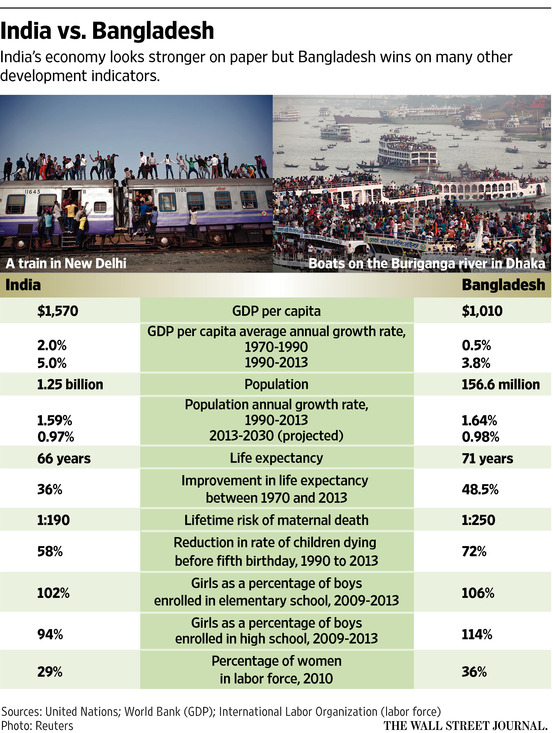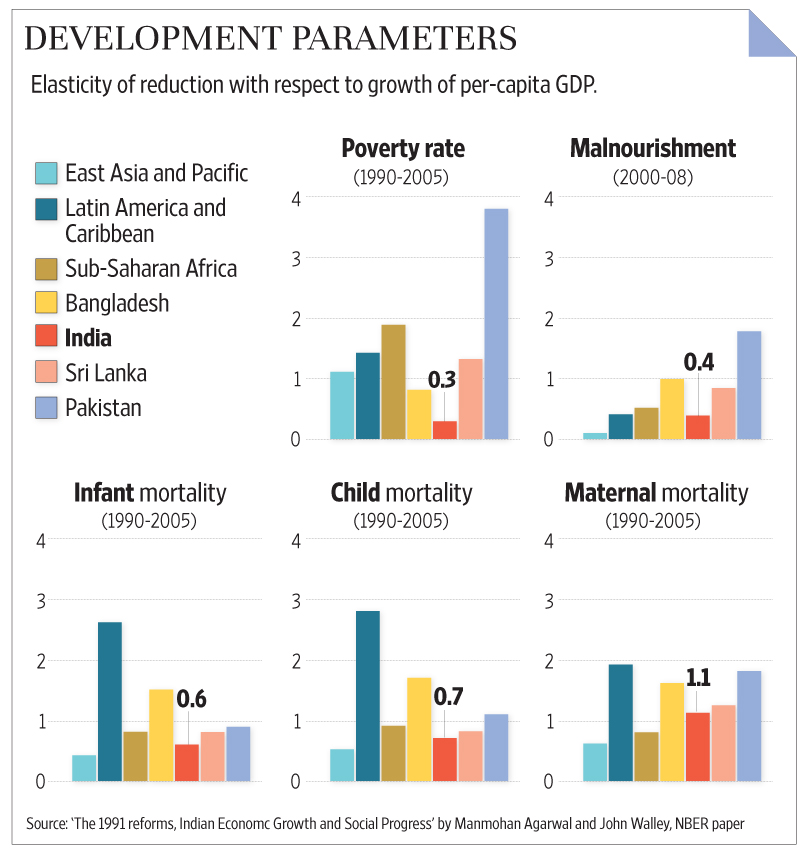lonelyman
SENIOR MEMBER

- Joined
- Feb 19, 2015
- Messages
- 3,737
- Reaction score
- -14
- Country
- Location
Still don't deserve to be tortured to death, Indians such a bullyshouldnt have crossed the border illegally
Follow along with the video below to see how to install our site as a web app on your home screen.
Note: This feature may not be available in some browsers.

Still don't deserve to be tortured to death, Indians such a bullyshouldnt have crossed the border illegally

Only RSS Shakhas spread propaganda about Muslim population 'bloom'. And brainwashed Bhakts believe this.
The rate of fertility per woman in Bangladesh is lower than that of India (and has been since 1996), this is a fact.
Some other stats that are more improved than India,
And all this in spite of our per capita health expenditure half that of India, you guys have your homework cut out for you.
- Life expectancy (higher in Bangladesh than India)
- Contraceptive use prevalence among women aged 15-49 (higher in Bangladesh than India)
- Crude death rate (lower in Bangladesh than India)
- DPT immunization rate (higher in Bangladesh than India)
- Percentage of improved Sanitation facilities (higher in Bangladesh than India)
- Percent of lower birth weight in babies (lower in Bangladesh than India)
- Prevalence of child malnutrition as percentage of stunting in children under age 5 (lower in Bangladesh than India)
- Prevalence of child malnutrition as percentage of low weight in children under age 5 (lower in Bangladesh than India)
- Neonatal death rate (lower in Bangladesh than India)
- etc. etc. etc.
http://www.google.co.in/publicdata/...end=1371925800000&hl=en_US&dl=en_US&ind=false


Its clear that these facts hit a nerve with you.
These statistics are sourced from WHO - not from BBS. And certainly not from MOSPI, which is Modi's lap dog.
In hyper-nationalist India of the Modi era, there is a tendency to hide reality (seen most recently with the flag-printed mat fiasco) and present a 'glorious' India that is unconnected with reality. Thus it is hard to accept that Bangladesh' health stats can be better than India's. The fact that Indians have to compare their country to Bangladesh (and not to China) is itself an insult to India.
The point is you cannot insult and force people into respecting your nation. Respect for your nation comes when your nation acts respectably, with hyper-nationalists in power and rudely barking, India will find it hard to gain respect in the world.
It would be a shame if you belong to the hyper-nationalist camp, as I had thought of you otherwise, in spite of warnings from fellow Bangladeshi posters. Almost all of us Bangladeshi posters have been to India and know well the actual conditions. Some of you middle class urban Indians probably don't know what conditions Indian villages are in, especially in BIMARU and other backward states.
To wit - I was simply pointing out WHO stats reported by that UN agency and trying to educate the widespread 'bhakt' misconception in India that their country is somehow better than Bangladesh. Some states and minuscule areas in them probably are (Maharashtra, Gujarat and some Southern states), but most of India is not. The source of those UN stats is that report published in YOUR media.
You may not accept the fact that we can run our affairs better than you - but it is reality to all of us who know. Our NGO's to help our poor is at another level. We train Indian social workers routinely on how to upgrade all social indicators in India. This is not phallus-measuring, we are only trying to help you.
Why don't you take a trip sometime to Dhaka and see for yourself?
@Loki, @damiendehorn, @Khan saheb, @wanglaokan
These statistics are sourced from WHO - not from BBS.
Our NGO's to help our poor is at another level.
We train Indian social workers routinely on how to upgrade all social indicators in India.






This is from the Wall Street Journal,
How Poorer Bangladesh Outpaces India on Human-Development Indicators
By
JOANNA SUGDEN
Jun 5, 2015 1:09 pm IST
India is richer, in terms of per-capita economic output, than its smaller neighbor, Bangladesh, and a greater proportion of Indians are connected to the Internet and have cellphones.
But if you look more closely at other measures of development such as life expectancy, child survival and the proportion of girls to boys in secondary education, Bangladesh comes out ahead.
The two countries spend the same proportion (1%) of their gross domestic product on healthcare, but India devotes more of its GDP (3%) to education than Bangladesh (2%).
Still, 20 years of targeted financial support in Bangladesh to get girls to go to high school rather than, for example, get married, has helped dramatically shifted the needle on human-development indicators there.
“Gender equality is good for economic growth and good for human development. That is really part of what explains the quite remarkable achievements in Bangladesh,” said Christine Hunter, country representative for U.N. Women in Bangladesh.

In pursuit of the 2015 Millennium Development Goal to redress the lopsided gender imbalance in high schools, Bangladesh began the secondary-school subsidy program for girls in 1993.
Funded by the government, the Asian Development Bank, the Norwegian Agency for Development Cooperation and the European Union, the education-payment program contributed to a tripling of participation rates of girls in secondary school between 1991 and 2005, according to a World Bank analysis. Bangladesh met the goal ahead of time.
Some 88% of women are literate in Bangladesh, compared to 68% of women in India. Though the overall adult literacy rate is lower in Bangladesh (59%) than in India (63%).
“The moment that there was education equality, there was power of the mind, then there was financial power,” said Joyeeta Bhattacharjee, research fellow on Bangladesh from Observer Research Foundation, a New Delhi based think tank. “That is really helping Bangladesh to change.”
The gains in female education have, along with the booming garment industry, helped boost female participation in the paid labor force.
Around 36% of women were in paid jobs in Bangladesh in 2010, up from just 14% in 1990, according to the International Labor Organization.
By comparison, in India, female employment has gone backwards in recent years — from 37% in 2004-05 to 29% in 2009, according to the ILO.
Empowering women financially and establishing a thriving micro-credit system for female led small businesses, has also meant women have more say over financial decisions in the family.
“They try to prioritize health and education across everyone in their family,” said Ms. Hunter of the U.N.
From roughly the same base as India, Bangladesh has brought its life expectancy for both men and women up from 47 years to 70 years since 1970. Indians, on average, live to 66, according to United Nations’ data.
Child mortality rates too have come down, from 144 deaths per 1,000 under-fives in 1990 in Bangladesh, to 41 in 2013.
In that time, India has moved the dial on child mortality from 126 deaths per 1,000 children aged under five years old to 53 per 1,000.
India ranks 13 places below Bangladesh in child mortality globally.
“India can learn from the support that the government in Bangladesh has given to NGOs,” said Ms. Bhattacharjee. “It is trying to learn from the microcredit system.”

Seen this article a million times already. I dont give a shit now about what the MSM picks up from tainted base sources like the BBS just because it has been laundered through the UN or what have you.
Any analysis becomes flawed if the underlying data comes from something like the BBS, a native politically controlled and motivated and deeply corrupt institution, reflective of its source country. I mean honestly this is a country where there has to be an interim govt holding the elections in between govts for the result to be acceptable apparently. So if the election comission is kaput like that, I'm not giving the benefit of the doubt to any other branch of govt.
Besides, these (MSM) were the same people braying that Hillary Clinton was going to win in a landslide with 100% confidence...and those came from polls (as bad as they were) with way more genuine data behind them than what BanglaBull$hit (BBS) puts out.
So two strikes already....there'd be more if I cared about this topic anymore.
So keep posting your lapdog leftist links to sell yourself whatever story helps you sleep at night....while the clear non-BD data based studies illustrate something entirely different. Case of the missing brains as far as patent and science output goes....and strangely terrible liveability in the capital city for such a healthy, sanitised, long living country.

Even veteran journalists are all liers and you have the unvarnished truth....
Well I frankly have neither the taste nor the energy to 'spur' with you - so let's leave it at that.......

i agree with you... the day when it crosses 3mil... how will they justify 3 mil by pakistan?When will Bangladeshis deaths reaches the mark of 3m in the hands of there most beloving country india, to beat the record of pak? in 2250, 2350 or in 2450 but sure India will beat us one day, how will Bangladesh explain to there upcoming generation about the liberation war which they fought togther with hindus with a rough islamic Republic of pakistan?



Yeh, please give back South Tibet cause it's uninhabitable.

